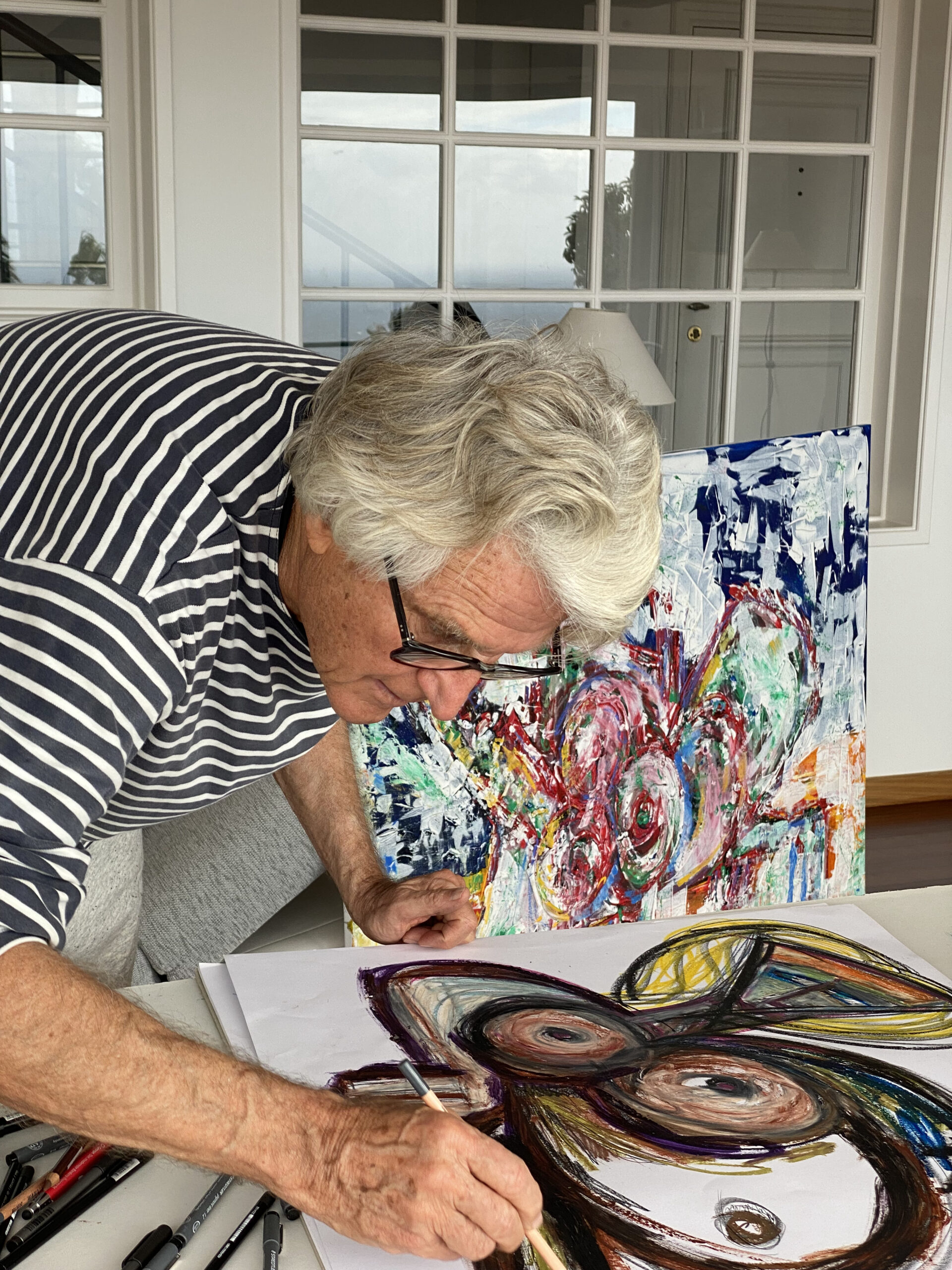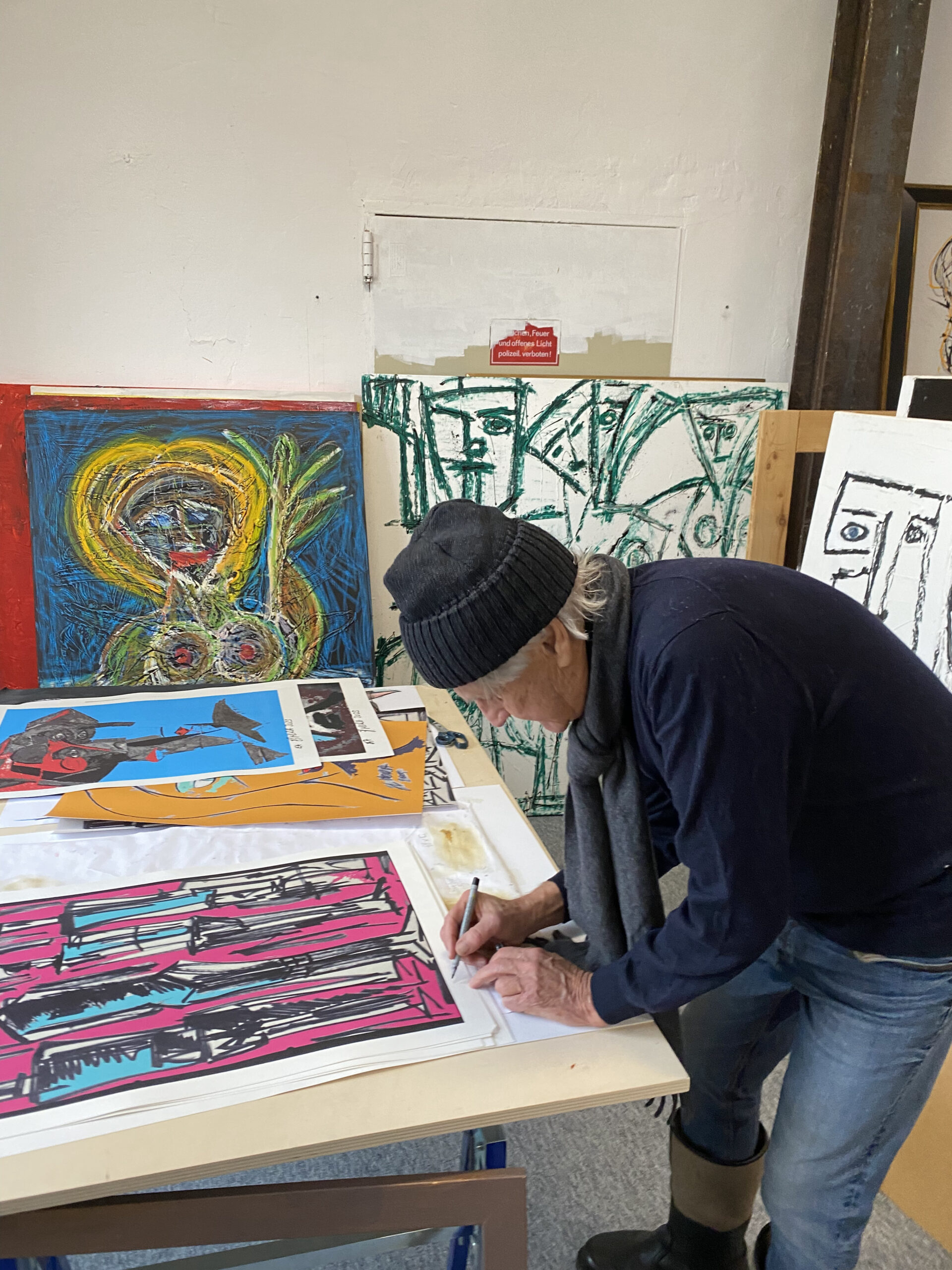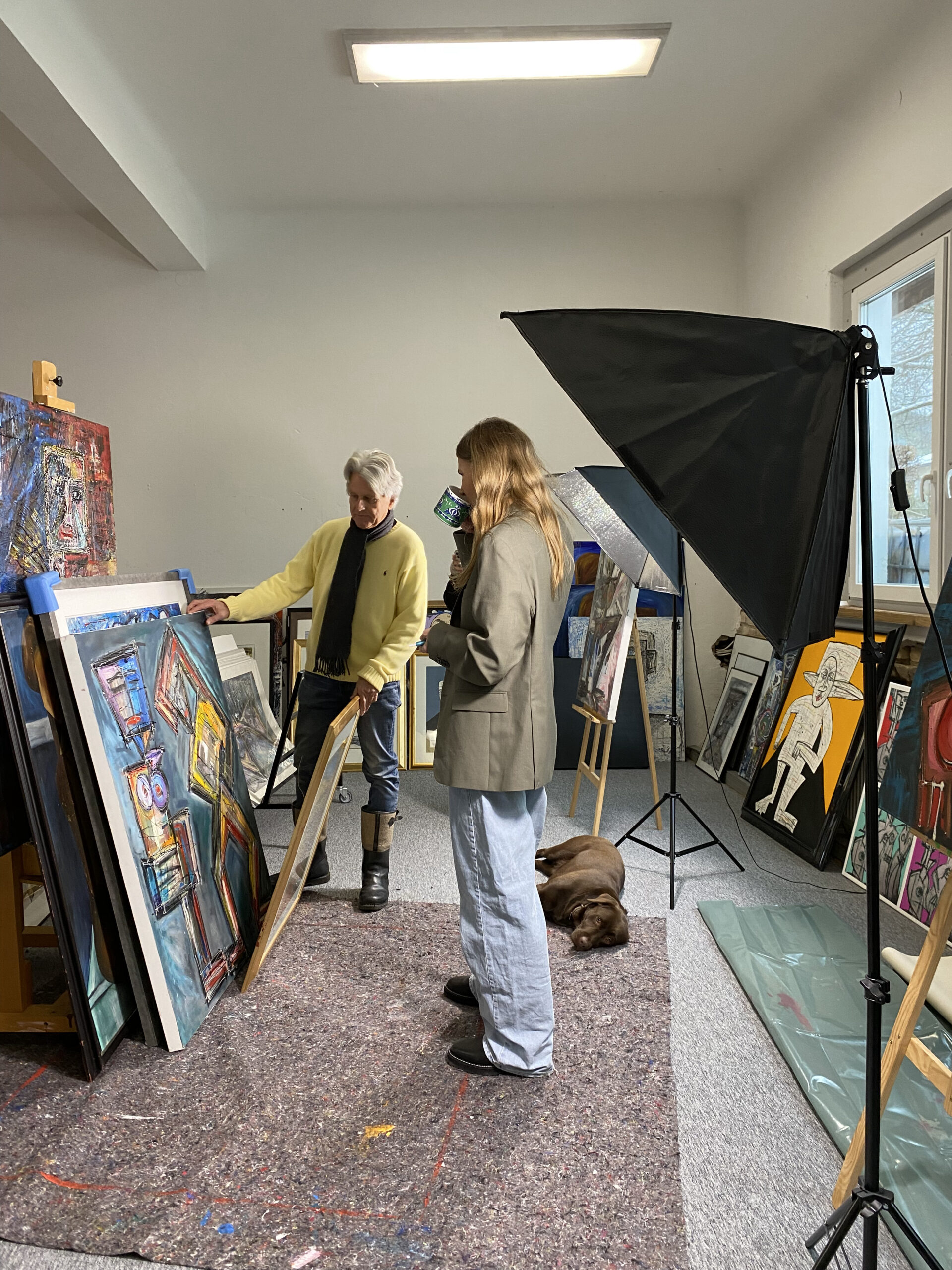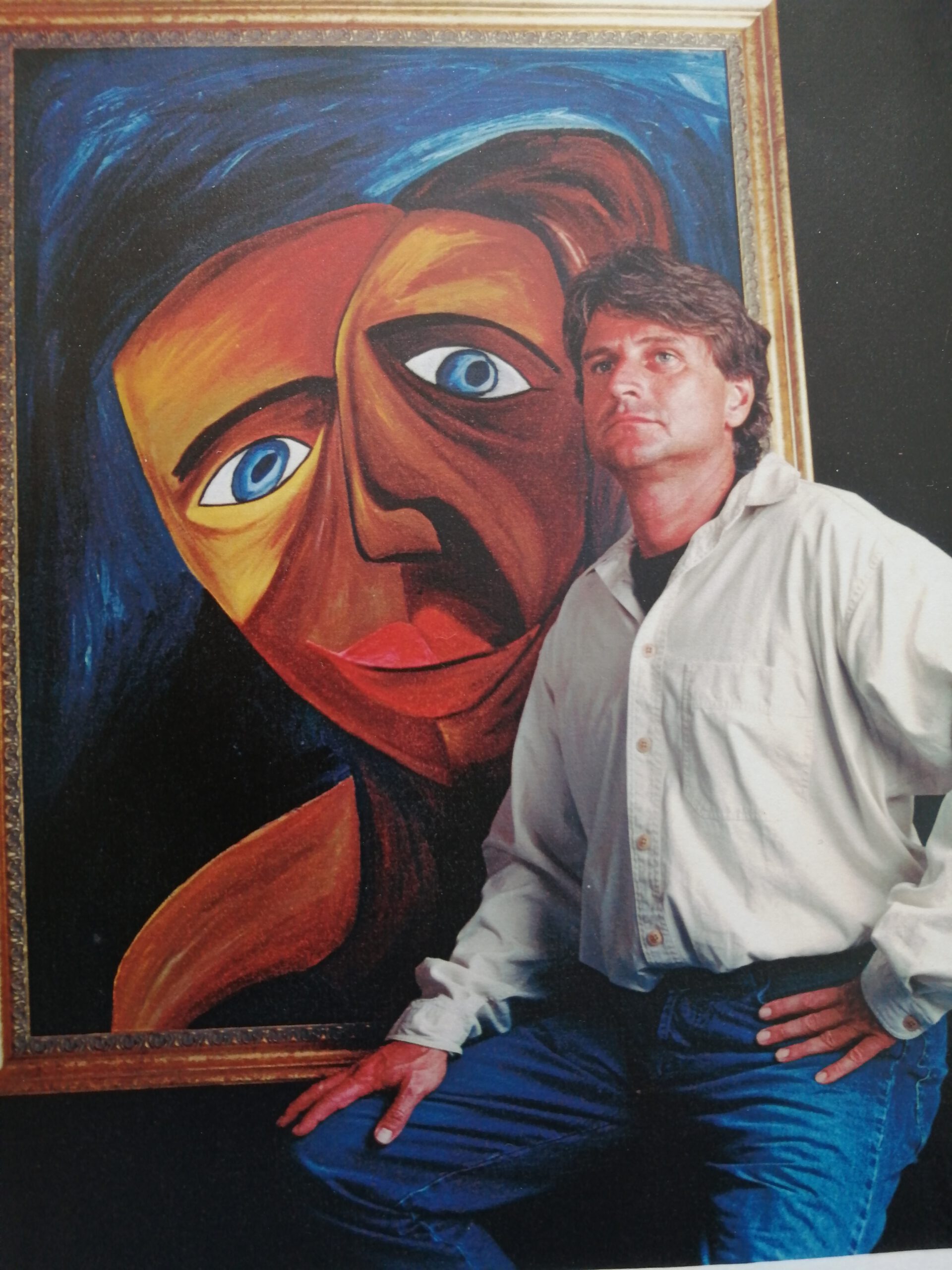
SEX IN ART IS A CENTRAL ELEMENT FOR
EL MORA LIKE LOVE AND PAIN.
EL MORA does not waste thoughts on finding a middle ground.
He polarizes. One either rejects his art, or loves it.
EL MORA is a confession that is manifested not only in his works but also in his personality.
– it is his passion, but also his greatest challenge.”
– EL MORA
ART MEETS CAPITAL.
A COMPLEX PICTURE OF EL MORA EMERGES.
The fusion of his dual personality became his true art form.
PRESS EXCERPT FROM MORE THAN 800 REPORTS:
- He belongs to a rare species. He means what he says, and that’s why he’s sure of his case. (Zürich Tages-Anzeiger, 1994)
- He is considered one who set out to revolutionize the leisure market. (Wirtschaftsblatt, 4.5.1999)
- The success of the American (Note: EL MORA was a US resident from 1993 to 2003) lies in his skill to jump on trends earlier than others – and to exit them long before everyone else. (The New Pioneers, FM 4/99 + OÖ Nachrichten 12/1999)
- Player 2000: We need the “Wow Effect” … he can do more than spin silly neologisms until they sound sophisticated. (Industrie Magazin 02/2000)
- World Champion of Trend Research and Staging of the Trade Stage (Regal 4/2002)
- A trend scout who realizes what he preaches. (Passauer Neue Presse, 24.9.2016)
EL MORA
HOW HE PURSUES HIS OWN VISION
Celebrities like Jeff Koons and Andy Warhol are examples of interdisciplinary success, yet EL MORA continues to follow his own unswerving artistic vision.
Not a dreamy artist, but firmly rooted, he stands with creativity, a commercial foundation, and both feet on the ground.
His deep understanding of marketing will be used by EL MORA to elevate his artistic creation to new heights. Each of his paintings must be a confession for EL MORA. It is a true expression of his inner self.
He provokes polarization because his artworks evoke intense emotions.
One either rejects them or falls for them.
To overlook or ignore them is an impossibility.
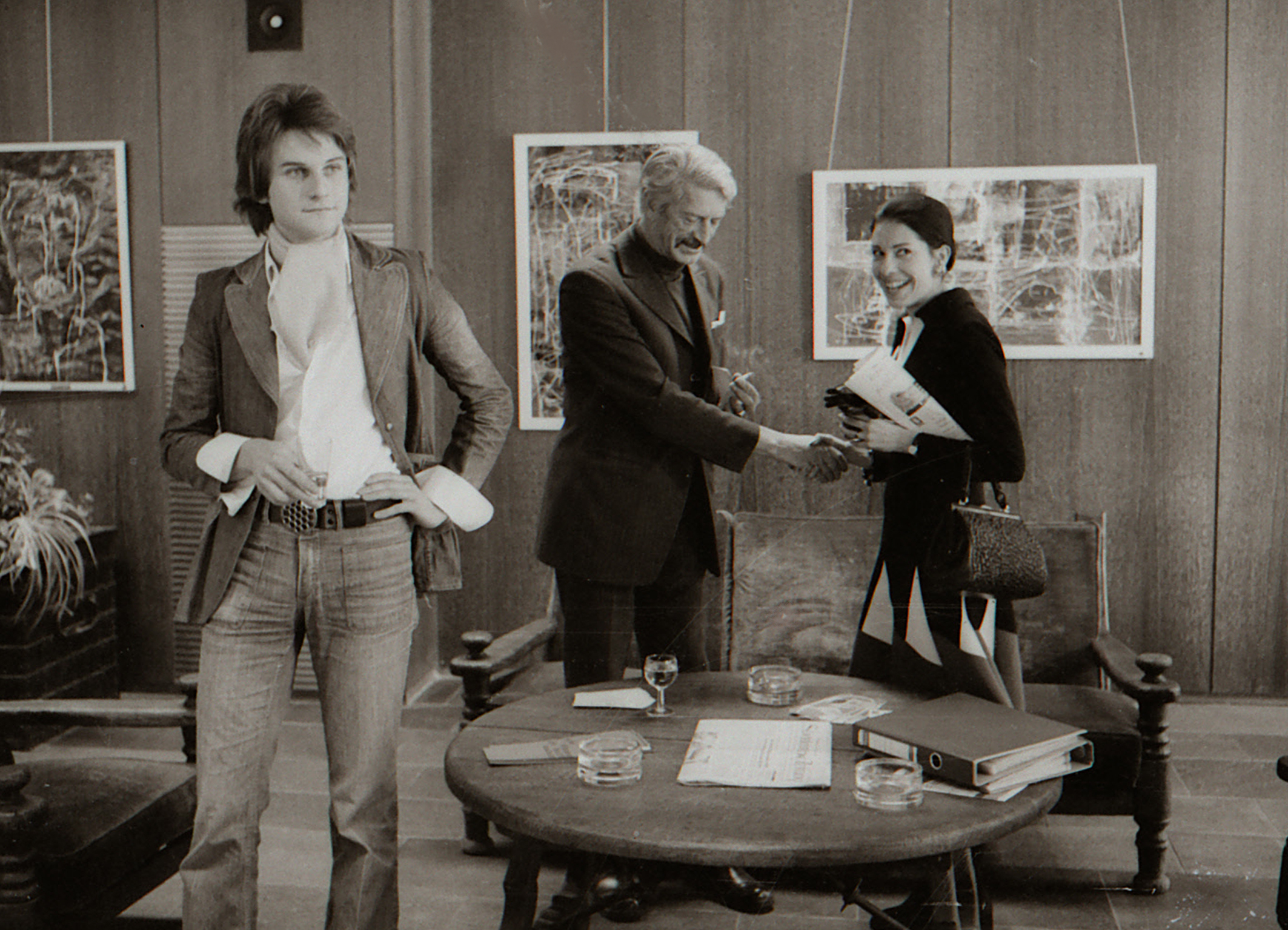
THE SHORT BIOGRAPHY OF THE ARTIST
Teased by teachers, recognized by feared art critics
November 4, 1952
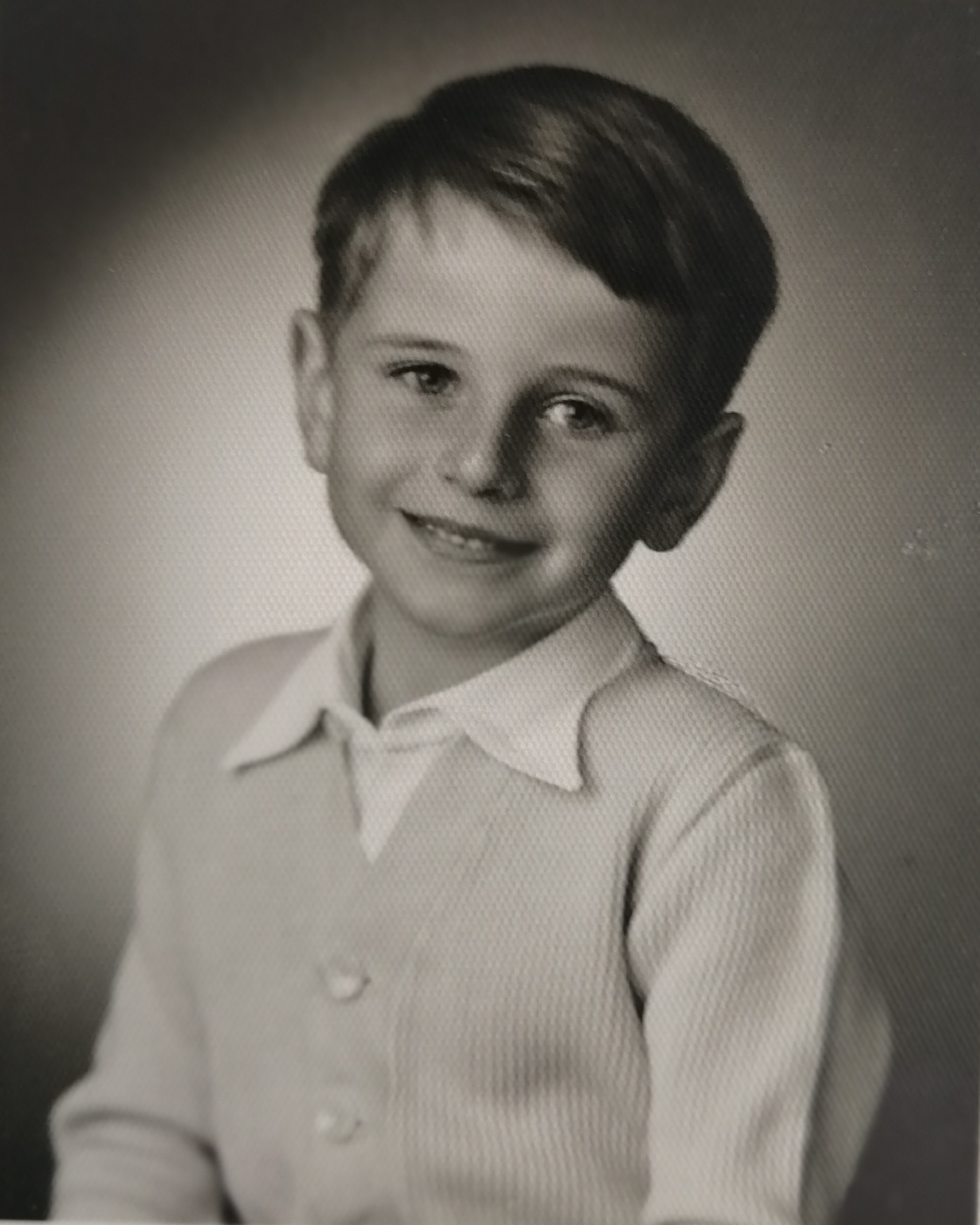
1964
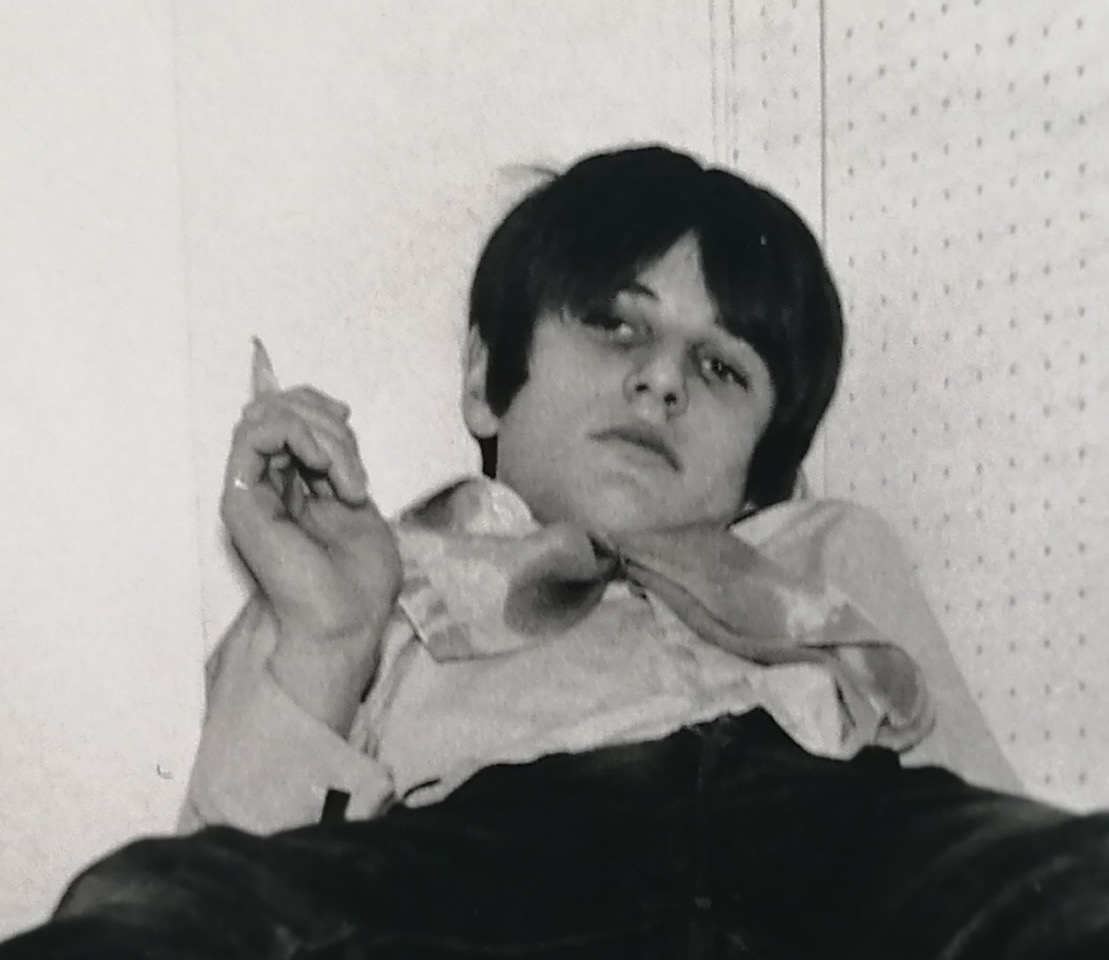
1969
As an autodidact in art, he studied various techniques of modern painting, from African art to Picasso and Jackson Pollock.
He developed his first eccentric traits, with his first studio located in his converted bedroom in Salzburg, later moving to his apartment in Innsbruck.
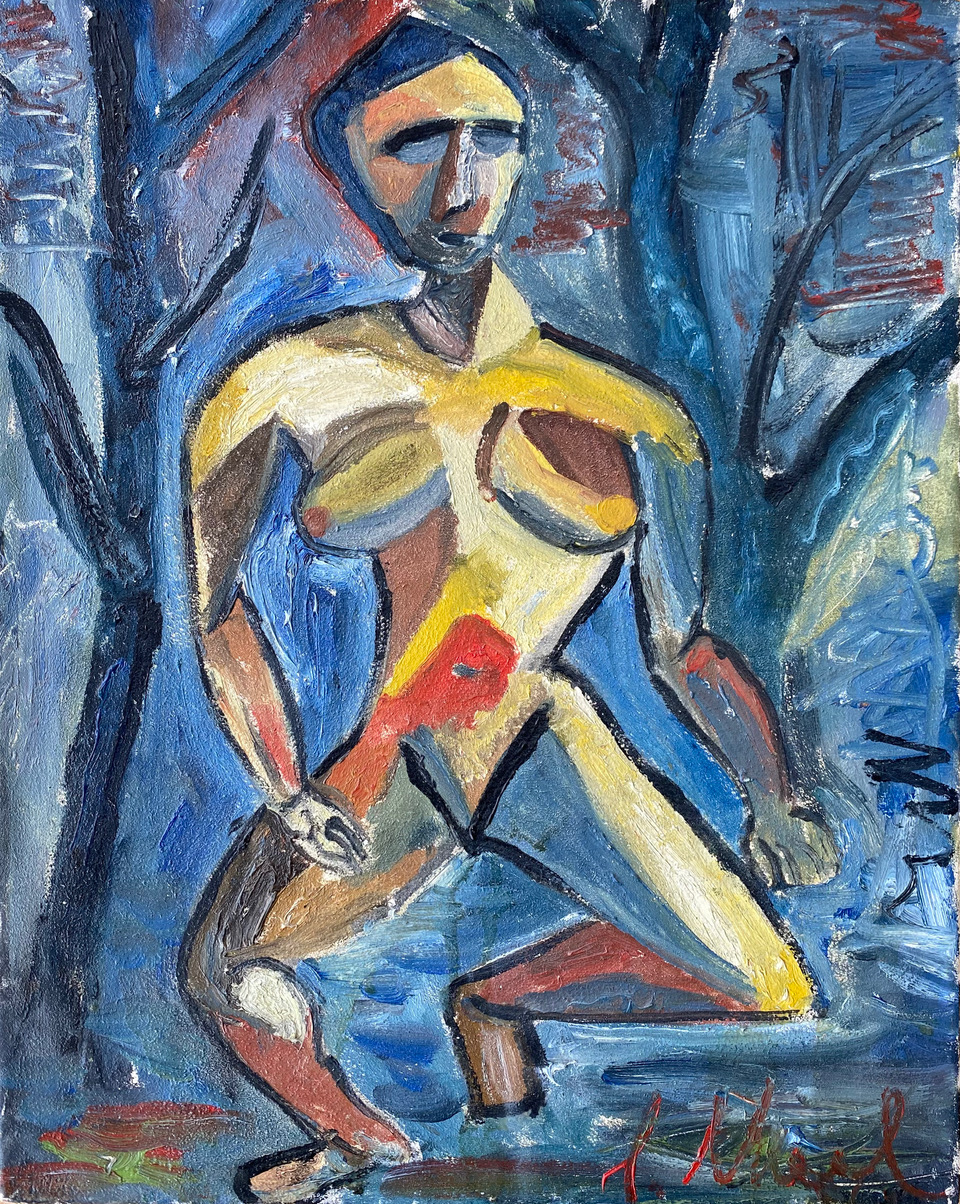
The birth of “EL MORA”:
Breaking free from the world of norms
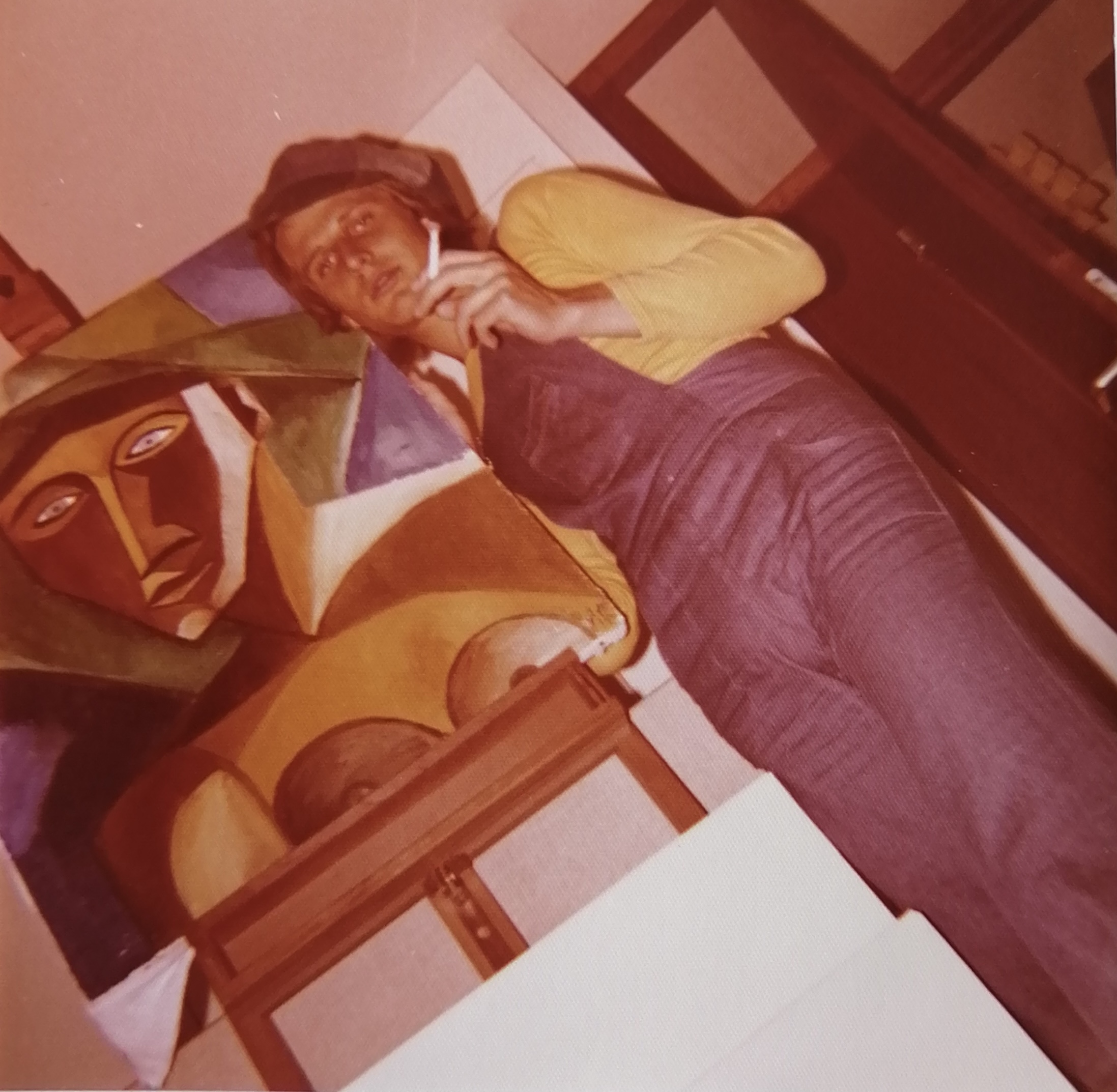
1972

1973
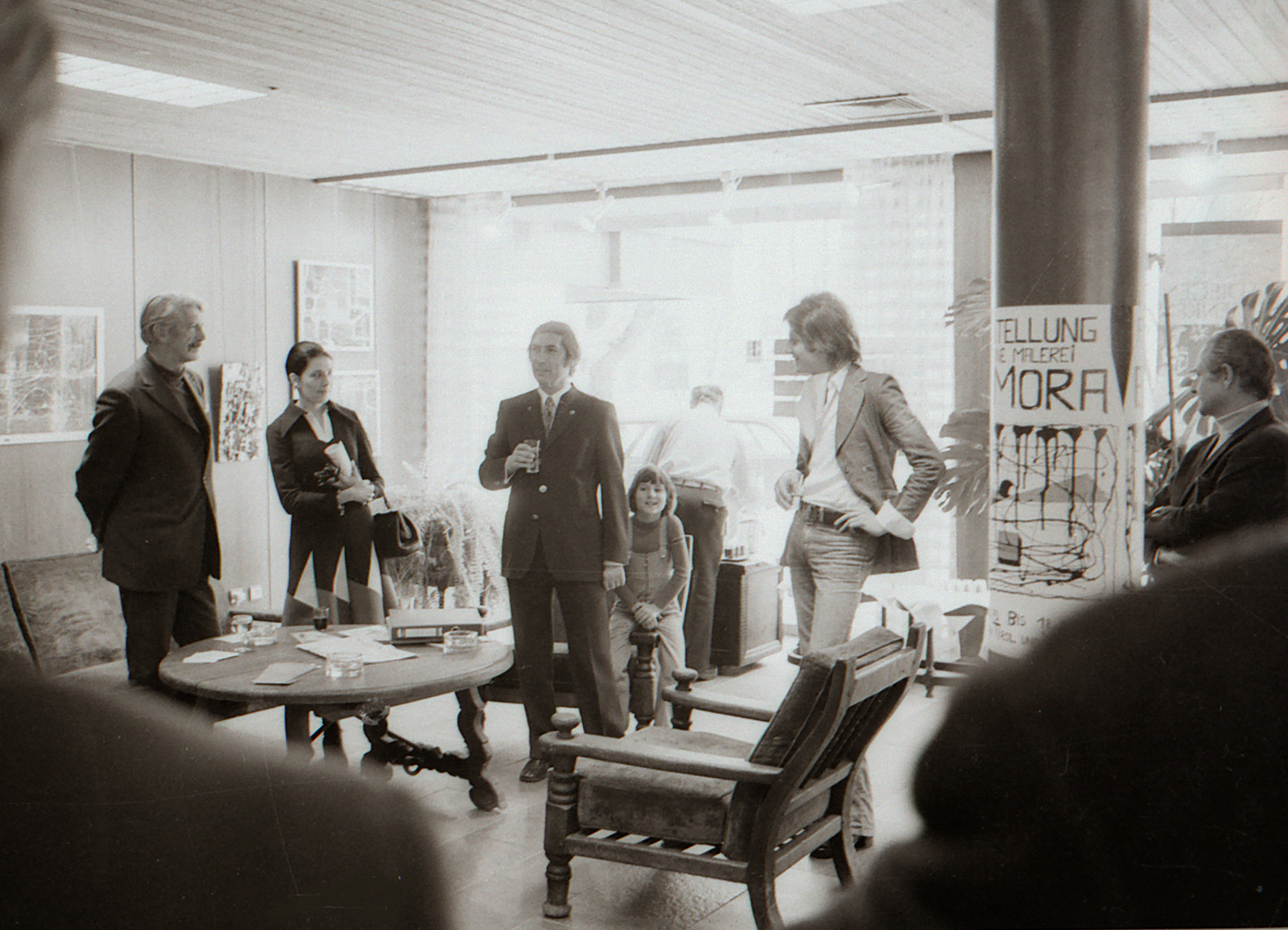
1975
He felt like Dorian Gray –
the peak of his young life
1975
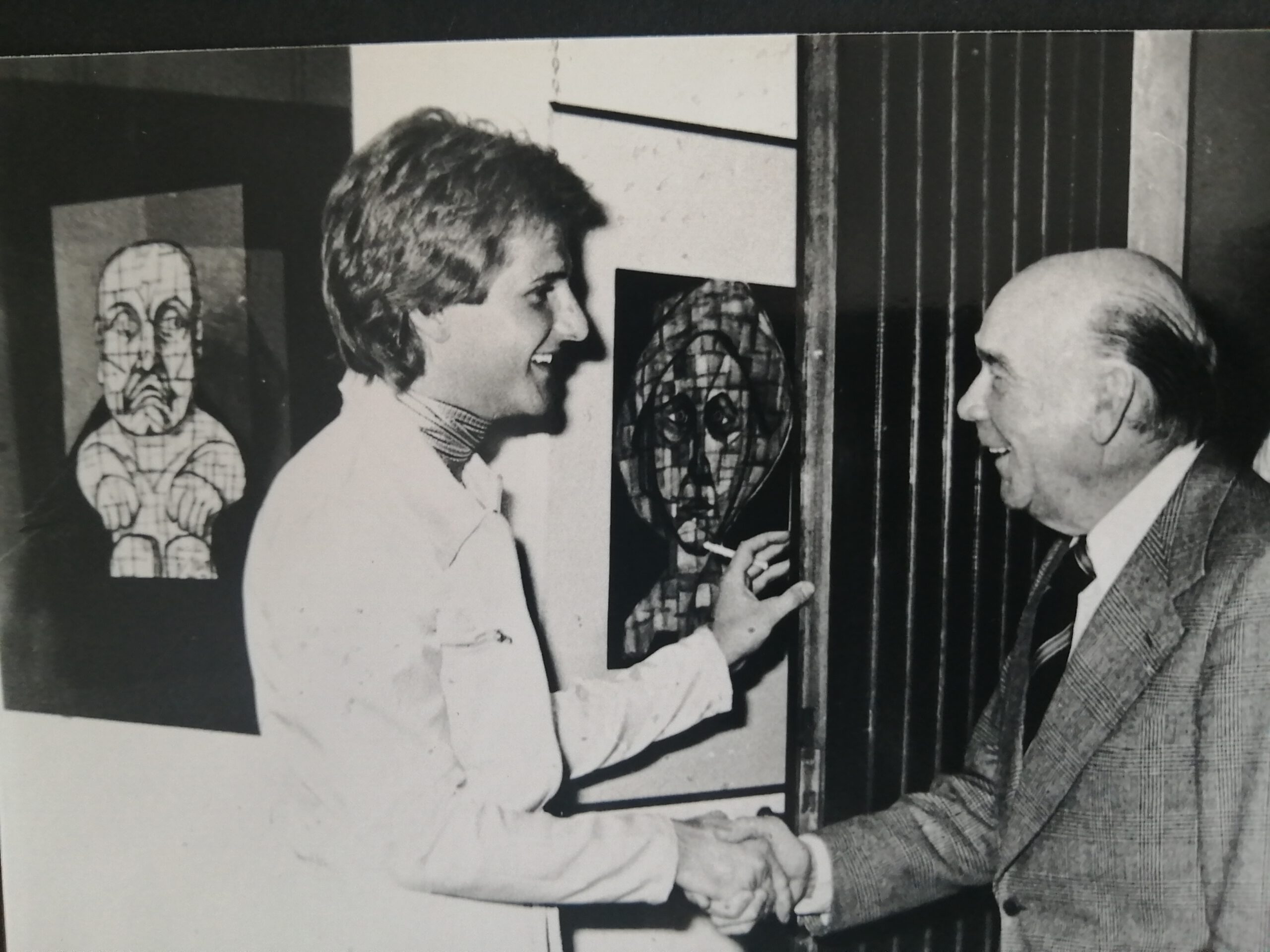
1974 - 1976
1976
1977
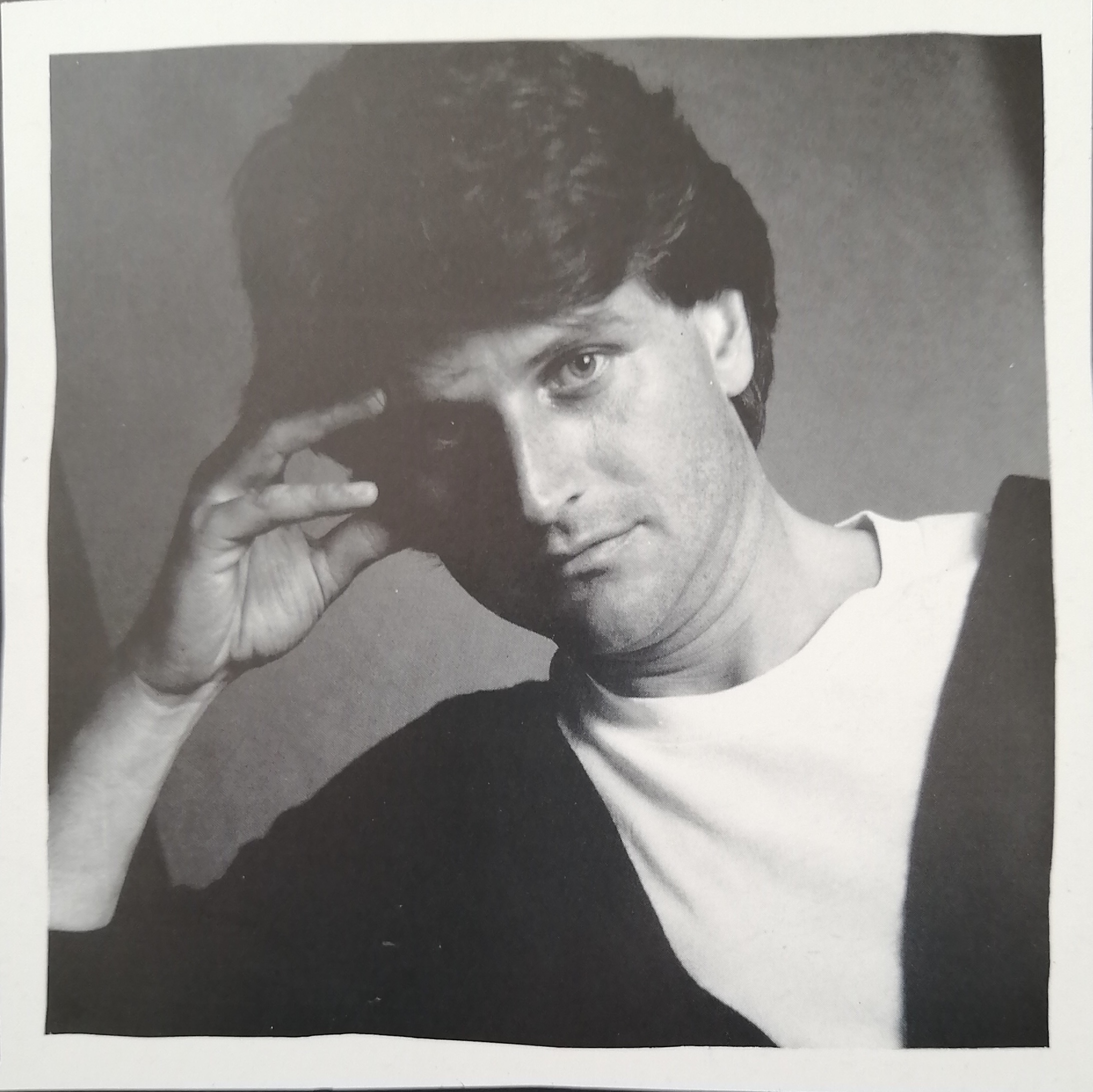
Since 2020, EL MORA has been exclusively dedicated to his painting.
